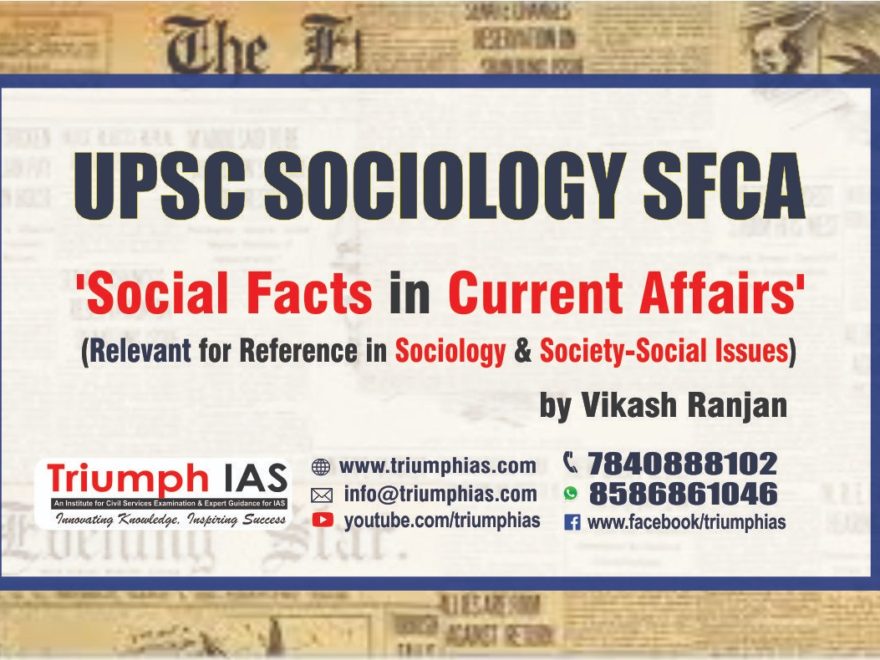- (Relevant for Sociology Syllabus: Paper 1- EMILE DURKHTEIM – Division of labour, social fact, suicide, religion and society.)
EMILE DURKHEIM: FROM MECHANICAL TO ORGANIC SOLIDARITY
- His grand theory deals with the changing division of labor and transition from mechanical to organic solidarity.
- In mechanical solidarity, society is held together in doing the same thing such as farming, fishing, and hunting animals. With this primitive society, the society holds together since there is little division of labor.
- However, in more modern organic solidarity there is substantial division of labor has occurred in which people were come to perform increasingly specialized task such as some make shoes, others may bake breads, etc.
- SOLIDARITY HERE COMES FROM DIFFERENCES; that is, people need the contributions of an increasing number of people in order to function and even to survive.
- The major function in this transformation is changes in dynamic density. He said there are two components of dynamic density.
- FIRST is the number of people and SECOND is the frequency of interaction. With more people, there is greater competition over the use of scarce resources such as land, game, and fruits & vegetables resulting to a great disorder and conflict.
- With an increased division of labor in which some people are responsible for one of these things and other people responsible for other things, there is likely to be less conflict and more harmony.
- Perhaps more importantly, greater specialization in performing specific tasks makes for greater efficiency and ultimately greater productivity. DURKHEIM’S HYPOTHESIZED THAT THERE WILL BE GREATER PEACE AND PROSPERITY IF THE DIVISION OF LABOR INCREASES.
- The change from mechanical to organic solidarity is accompanied by DRAMATIC DECLINE in the power of the collective conscience.
- Collective consciences are the ideas shared by the members of a group, a tribe or society. It is the collection of individuals that knows and possesses all of the ideas. The collective conscience in mechanical solidarity is very different from that in organic solidarity.
| MECHANICAL SOLIDARITY | ORGANIC SOLIDARITY |
| · Small and undifferentiated society | · Larger and differentiated society |
| · Affects Every one | · Fewer people are affected |
| · People care deeply about collective conscience | · People evade it partially or completely. |
| · collective conscience quite rigid | · Far more flexible and adaptable. |
| · Associated with religion | · Less associated religion. |
- Durkeim inferred to this, the collective conscience are very powerful and people are likely to act in accord with them in mechanical solidarity, while in organic solidarity, it is not as important and most people don’t seem to care about it so deeply.
- How do we know whether there has been a transition from mechanical to organic solidarity? An indicator of that change is the transformation from the predominance of repressive to restitutive law.
| MECHANICAL SOLIDARITY | ORGANIC SOLIDARITY | |
| Law | Repressive | Restitutive |
| System | Moral | Restitution |
| Punishment | Offence against it is likely to be met with swift, severe punishment (eye to an eye, tooth to tooth.) | Asked to comply with the law or to repay those who have been harm by their act.
(Imprisonment could be possible sanction.) |
- The major pathology associated with organic solidarity and its weak collective conscience is anomie. Durkheim viewed anomie (and other problems) as a pathology, which implies that it can be cured.
- Anomie may be defined as a sense of not knowing what one is expected to do. This is traceable to the decline in the collective conscience in organic solidarity.

